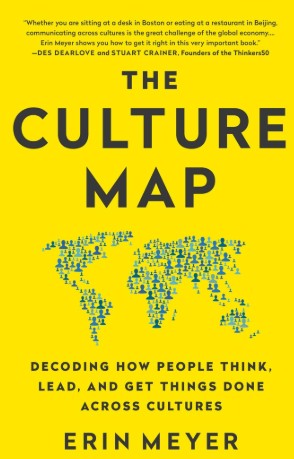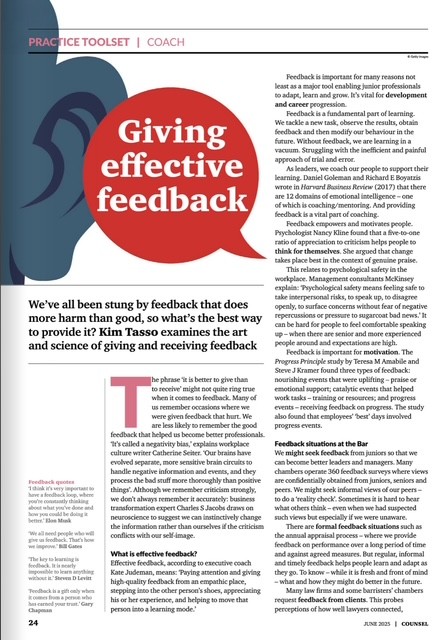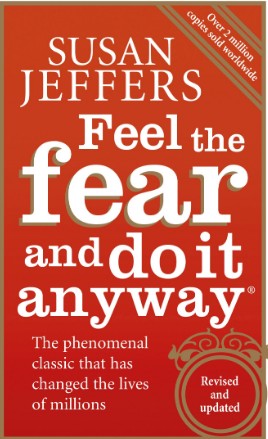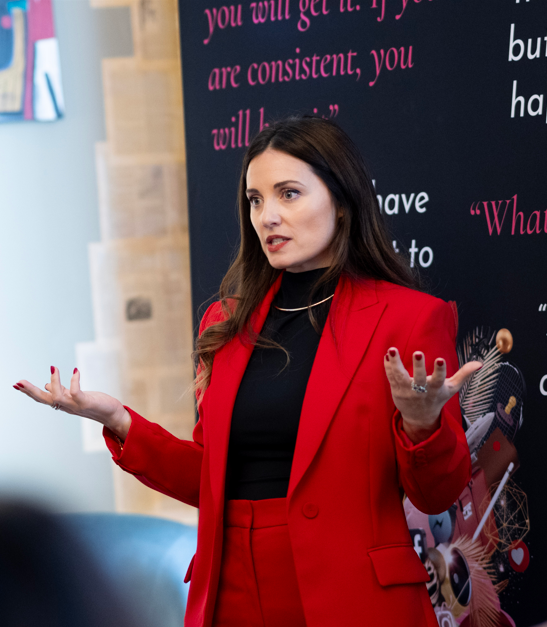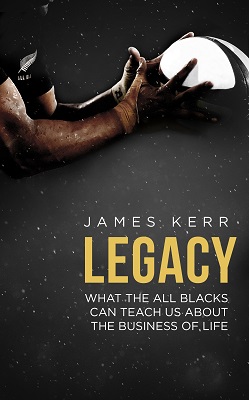
One of my property clients gave me a copy of this book to support a partner away day I was leading on authenticity, values and leadership. It’s a quick but interesting read so I thought – especially as I am proud Twickenham resident and a rugby fan – I’d provide a short book review: Legacy – What the All Blacks can teach us about the business of life (published in 2013). It includes a vast array of references to leadership and management wisdom and some fabulous sound-bites.
The Maori believe that the haka (the ritualised challenge thrown down by one group of warriors to another) draws up tipuna (our ancestors) from the earth to the soul. Those facing the haka know that they are facing a culture, an identity, an ethos and a belief system.
As a psychologist, I find it interesting that the author argues: “Rugby, like business and much of life, is played primarily in the mind”. The All Blacks have an extraordinary win rate of 86% and the book explores their secrets of success through 15 lessons with some inspirational storytelling. I also thought it would serve well as a parenting guidebook.
1. Character
“Sweeping the sheds” means never to be too big to do the small things that need to be done. Successful leaders balance pride with humility. After every match the All Blacks tidy up after themselves as an example of personal discipline.
At debriefs everyone is given the opportunity to speak. “Winning takes talent – to repeat it takes character”, “Performance = Capability + Behaviour” and “Vision without action is a dream, Action without vision is a nightmare””.
Each All Black becomes a steward of a cultural legacy with a role to leave the Jersey in a better place. A values-based, purpose-driven culture is the foundation of the All Black’s approach and sustained success.
2. Adapt
“Go for the gap” means that when you are on top of your game, change your game. The four stages of organisational change are listed as: a case for change, a compelling picture of the future, a sustained capability to change and a credible plan to execute.
This also includes eliminating players who were seen as hindering the chance for change and the creation of a learning environment – with references to Charles Handy’s Learning, Growth and Decline cycle, Kaizen and the military’s VUCA (Volatile, Uncertain, Complex and Ambiguous) and OODA (Observe, Orient, Decide and Act).
Suvorov’s “The Science of Victory” is also mentioned: Hystrota (play a fast-paced game), Glazometer (make quick decisions that disorient the opposition) and Natisk (act aggressively to seize the competitive advantage).
3. Purpose
“Ask why?”. Owen Eastwood said “The emotional glue of any culture – religion, nation or team – is its sense of identify and purpose”. Good leaders create a sense of connection, collaboration and communion. Daniel Pink says “Humans, by their nature, seek purpose – a cause greater and more enduring than themselves”.
Psychotherapist Frankl cites research: “78% said their first goal was ‘finding a meaning and purpose to my life’”. Neurologist Donald Calne says “Emotion leads to action”. Ubuntu means our actions affect everyone.
4. Responsibility
“Pass the ball – leaders create leaders”. Teenage Kicks was a London football tournament to turn gangs into teams who choose their own captains. The mission command model requires the leader to provide: a clearly defined goal, the resources and the time-frame.
5. Learn
“Leaders are teachers”. Daniel Pink believes motivation is created through mastery, autonomy and purpose. There are references that the best sports people practice more than they play. Alfred Chandler’s “structure follows from strategy” is mentioned. Sports teams get immediate feedback on their strategy – they either win or lose.
6. Whanau
“No dickheads – follow the spearhead”. Birds flying in a flock with leaders taking turns are 70% more efficient than flying solo. Rudyard Kipling said: “For the strength of the pack is the wolf and the strength of the wolf is the pack”.
Owen Eastwood said developing a high performance culture requires; 1. Select on character 2. Understand your strategy for change 3. Co-write a purpose 4. Devolve leadership and 5. Encourage a learning environment. There’s an Arab saying: “It’s better to have a thousand enemies outside the tent than one inside the tent”.
7. Expectations
“Aim for the highest cloud”. There are references to Daniel Kahneman’s book and the benefits of a fear of failure in loss aversion. Muhammad Ali said “It’s the repetition of affirmation that leads to belief”. Jim Collins in “Good to Great” mentioned the need for a Big Hairy Audacious Goal (BHAG).
8. Preparation
“Train to win – Practice under pressure”. The All Blacks say “If you’re not growing anywhere, you’re not going anywhere”. Forensic psychiatrist Ceri Evans uses gazing theory to help those under pressure and argued that when people get red-headed HOT (Heated, Overwhelmed, Tense) they need to move to blue-headed ACT (Alternatives, Consequences, Task behaviours).
9. Pressure
“Keep a blue head – Control your attention”. There’s insight into avoiding the fight, flight and freeze response using breathing techniques and three-part mantras. In a crisis, pilots use: Aviate. Navigate. Communicate. Paramedics use: Asses. Adjust. Act.
10. Authenticity
“Know thyself – keep it real”. Bill George in “True North” argues that the essence of a great leader is about “being genuine, real and true to who you are”.
The ability to deliver honest feedback is paramount. Integrity comes from the Latin “integritas” meaning whole or undivided. There’s JP Morgan advice that 1. Every morning write a list of things to be done that day and 2. Do them.
11. Sacrifice
“Champions do extra – Find something you would die for and give your life to it”. Stephen Covey encouraged us to begin at the end, imagining ourselves at our own funeral.
12. Language
“Invent your own language – sing your world into existence”. There are 12 phrases in The Black Book which is the collected wisdom of the team and includes “No one is bigger than the team” and “It’s an honour – not a job”. Words start revolutions.
The values of the United States Marine Corps are; Honour (integrity, responsibility, accountability), Courage (Do the right thing the right way for the right reason) and Commitment (Devotion to the Corps and my fellow Marines).
Apple’s marketing philosophy: Empathy, Focus and Impute.
13. Ritual
“Ritualise to actualise – create a culture”. Leo Burnett advertising agency gives an apple to every visitor. Saatchi & Saatchi has “Nothing is impossible” embedded in stone steps outside its office. Lean Six Sigma has a belt-based training system for curiosity, concentration, competitiveness, reflecting, reminding, reinforcing and reigniting the purpose of projects.
Rituals can be organisational, societal and personal. Ritual acts as a psychological process – a transition from one state into another. They take us to a new place of being.
14. Whakapapa
This means: “Be a good ancestor – Plant trees you’ll never see”. Muhammad Ali said “Service to others is the rent you pay for your room here on earth”. We are the stewards of our organisations, the caretakers of our own lineage.
15. Legacy
“Write your legacy – This is your time”. All Blacks receive a book with a visual journey through history and the values and standards but with pages that are blank so each player adds their legacy. So the story continues.


